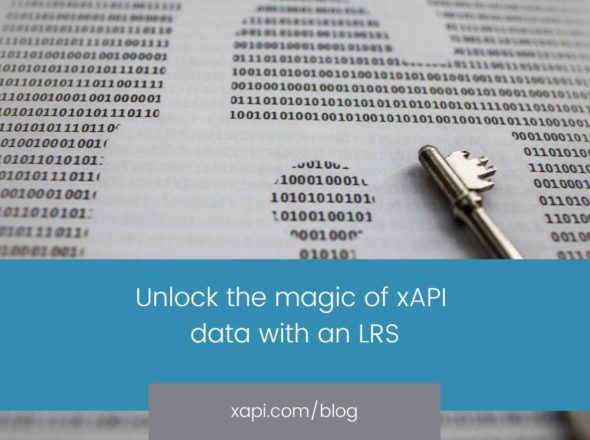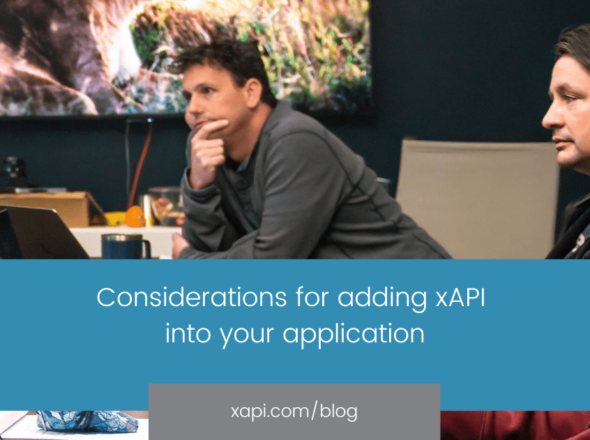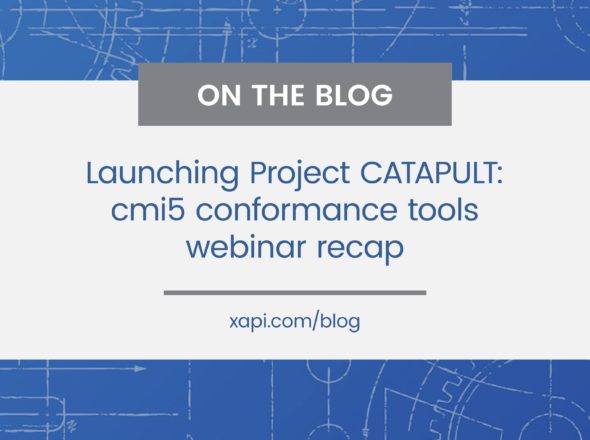Our January webinar reviewing how eight companies are using xAPI has had a lot of attention. In this blog series, we refresh your memory of what each company is up to.
I love RISC’s PDF annotator as an example of the benefits of following a specification. RISC’s original purpose was to share data between devices, but they ended up getting interesting analytics, too! If you want to understand why using xAPI is better than developing a bespoke solution, this blog is for you!
RISC was approached by a customer with a problem. They had large PDF training manuals that were delivered to training attendees on memory sticks. They had a need for their students to be able to annotate these PDF documents with notes from the training. The customer also had a “pie-in-the-sky” goal of being able to track the annotations made in order to help them to improve the underlying documents, but didn’t really have any expectation of meeting that goal in reality.
RISC worked with Float mobile learning (also a xAPI adopter) to develop a PDF annotator application. This sends the annotations as xAPI Statements back to SCORM Engine LRS embedded within RISC’s LMS. The app stores both the annotations and the documents themselves in the cloud so they’re kept in sync across browser and iPad versions. Annotations can include notes, highlights, underlines and freetext. RISC have added the activity types and verbs they coined for this tracking to the Registry to ensure their data is interoperable with data from future annotation systems using the same identifiers.
Having collected this data in a standard format, RISC worked with MakingBetter to create visualizations to display the same data in a reporting dashboard with drill-down capabilities showing where and what annotations had been made. This data can now be used by the PDF document authors to improve their documents by incorporating any common annotations directly into the document itself. Usage statistics also allow the document authors to see which pages and sections are most and least commonly used.
What data would you share between devices, learners or learning experiences in your organization? How else could you use the data generated by that sharing? Get in touch if you’d like to discuss, or even drop RISC a line and ask for a demo.
You can catch the full recorded webinar at tincanapi.com/webinar alongside the slides and Q&A.




